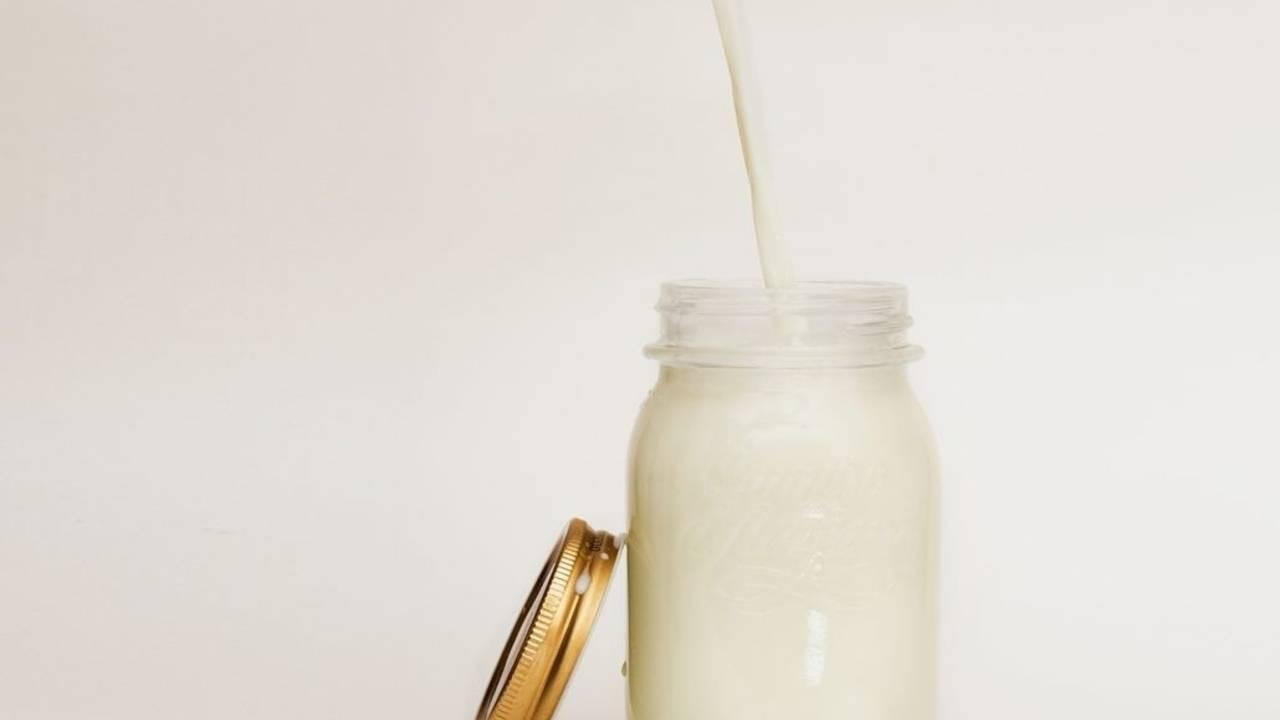Is Oat Milk Healthy or Stealthy?

Dairy free milk alternatives are quickly gaining traction in the health community. While nut milk has been around for years, other milk alternatives, like oat milk, are now becoming increasingly popular. While some options are “healthier” than others, how do we know which ones are healthy or stealthy?
I hate to be the bearer of bad news, but more often than not, oat milk is a stealthy substitute. Despite common belief, this milk alternative is not the healthiest option available. But, why?
Why Oat Milk isn’t Necessarily Healthy
Sure, most oat milks are free of dairy, gluten, and sugar, but many are packed with ingredients that are anything-but-nutritious. And there is one highly inflammatory ingredient that stands out above the rest: canola oil. First and foremost, canola oil is a genetically modified product. It’s a man-made replacement for natural oils, like olive or coconut. This hydrogenated oil is known to increase overall inflammation, which only hinders health. The negative health effects of canola oil are endless, but the short list includes: increased risk of heart disease, liver toxicity, and chronic inflammation.
Additionally, most oat milk products contain various filler ingredients, like preservatives, gums, additives, artificial sweeteners, and binders. For example, dipotassium phosphate is an inorganic emulsifier that has been shown to be a health hazard. Gums and artificial sweeteners are known to be hard on the digestive system, causing GI distress, such as stomach pains, diarrhea, and bloating.
To take it a step further, I have yet to find an oat milk made from organic and sprouted ingredients, which is of the utmost importance. Sprouted grains, nuts, and seeds offer nutrients that are increasingly available to the body. When sprouting takes place, anti-nutrients, like phytic acid, are broken down and nutrients are easier to absorb and digest. Grains, nuts, and seeds that are not organic or sprouted can be difficult to digest and absorb any of the beneficial nutrients, like omega fatty acids, zinc, and magnesium.
The 4 Fat Loss Mistakes You're Probably Making
Eating healthy and doing all the "right" things, but still frustrated you're not seeing results? Click here to download this FREE guide with the most common mistakes I see people making on their fat loss journey.
Healthy Milk Alternatives
Even though oat milk might not be the most nutritious option, there are many other alternatives:
Raw Milk
If you can tolerate it, raw milk, this is the preferable option. Raw milk, as opposed to pasteurized milk, is unpasteurized. Meaning, it still contains beneficial bacteria and nutrients that processed milk does not. I highly recommend looking for local, raw milk in your area through the Real Milk website.
Malk
The brand, Malk, is leaps and bounds ahead of any other dairy-free milk alternative. If you need proof, just check out the ingredient list. It’s short and sweet- at most, containing 6 ingredients. These ingredients include nutrient-dense ones, like sprouted nuts, filtered water, vanilla beans, and Himalayan salt.
Homemade Nut Milk
When all else fails, making your own dairy-free milk is an excellent option. It may sound intimidating, but I’m here to reassure you that it’s easier than you think. The Wellness Mama provides an easy-to-follow recipe for homemade almond milk. Be sure to use organic almonds, filtered water, and sea salt for the most nutritious milk!
At the end of the day, it’s important to read the ingredient list on all food products and milk is no exception. Even seemingly “healthy,” dairy free milk may be deceiving. Remember: the shorter the ingredient list, the better. And it’s important to stick to milks that don’t contain filler ingredients, like the ones listed above.
What’s your favorite milk alternative? Have you tried making your own?





